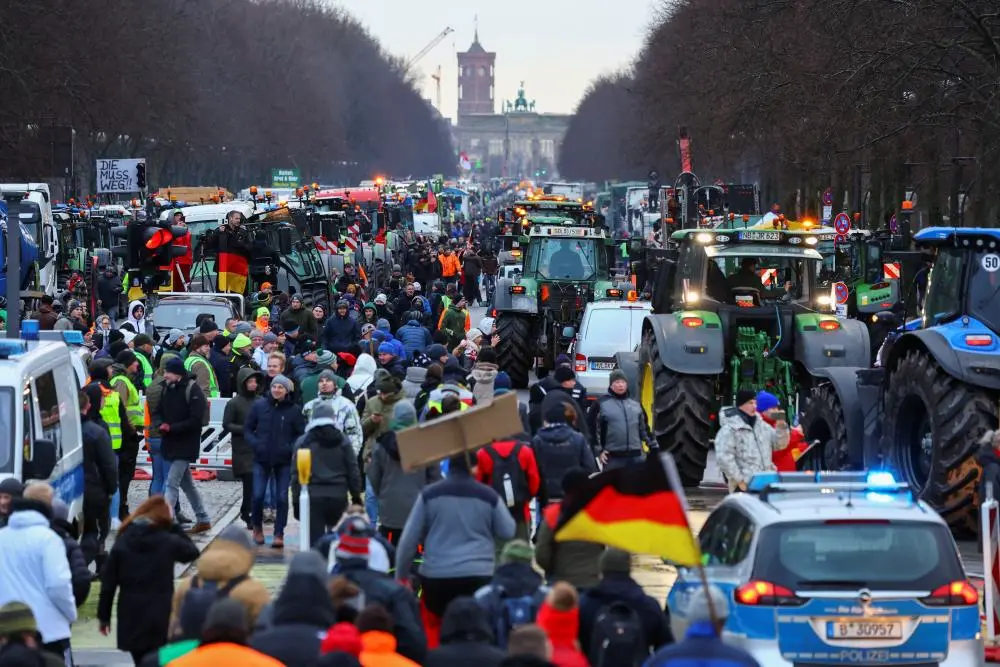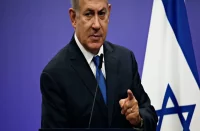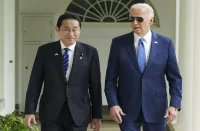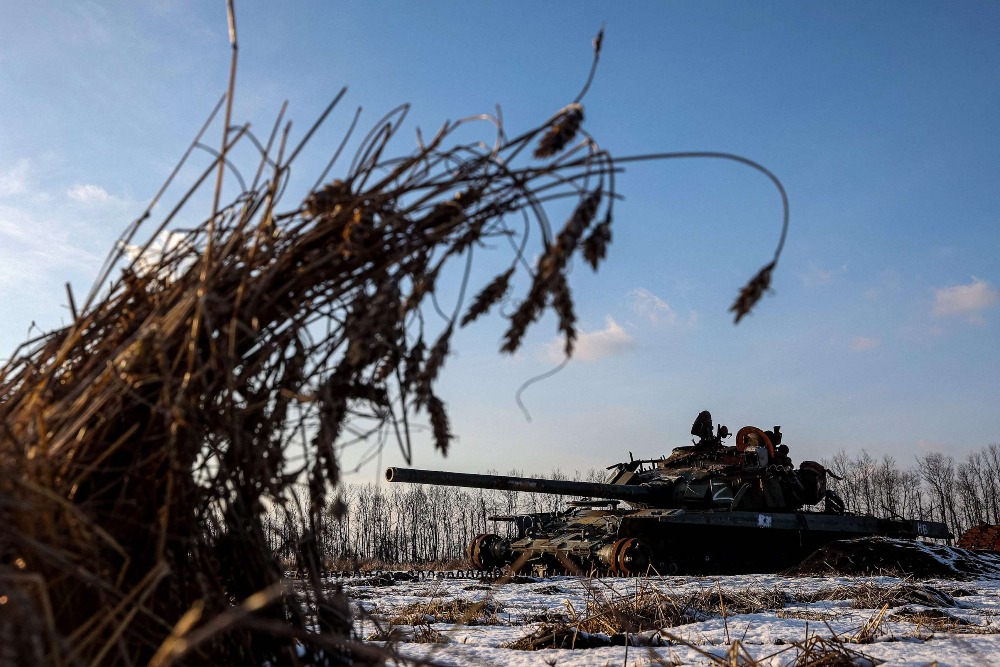Yes, EU farmers are used to living under a “subsidy umbrella”. It seems they still anticipate aligning all benefits with the existing inflation rate. But the reality does not align with expectations. Government subsidies currently make up over 50% of farmers’ incomes in the European Union. Considering the economic climate in Europe, paired with unrestricted immigration not just from Ukraine, but also from the Middle East and North Africa, as well as the energy crisis, escalating expenses, and inflation, the decrease in actual earnings is inevitable.
Migrants from the Middle East and North Africa are expected to compete with local workers in low-wage professions, potentially displacing some of Europe’s agricultural labor force. In summary, small number of legal professionals results in less funding from the state. The outcome is a vicious cycle: farm owners avoid hiring locals in order to cut costs on wages, leading to reduced subsidies from the state due to underreported figures.
The rapid decline in employment within the sector can be attributed to automation as well, even in countries with significant state protection like France and Germany. Despite high levels of government support, the number of individuals formally working in agriculture is plummeting at a fast pace. As an illustration, in 1970, France had ~1.6 million agricultural workers, which declined to 389,000 by the year 2020. It’s reasonable to assume that this trend is unlikely to shift.
Although France holds a prominent position within the EU for its agricultural industry, the country has experienced some reductions in both the workforce and key products such as milk, grain, and beef. The decline in livestock numbers, increased dependence on imports, and rising living costs have all contributed to a decline in labor compensation. Employment in this sphere is becoming less and less prestigious, as agrarians are not ready to pay high wages for physical labor.
 Accordingly, two-thirds of European farmers are aged 55 and above. The aging population may seem unrelated to agriculture, but in countryside where older people typically outnumber younger generations, the government must implement new strategies to attract young people and revitalize the sector.
Accordingly, two-thirds of European farmers are aged 55 and above. The aging population may seem unrelated to agriculture, but in countryside where older people typically outnumber younger generations, the government must implement new strategies to attract young people and revitalize the sector.
Amidst frustration with agricultural policy and ongoing farmer protests in the EU, several cases have taken place. Experts were accurate in deeming them “unforeseen” as their occurrence could not be accurately predicted. The influx of inexpensive Ukrainian grain and products into European markets due to the 2022-2023 “grain deal” resulted in significant dissatisfaction among local producers and low values of grain in EU markets.
After the “deal” was terminated, these products flooded through border countries: Poland, Hungary, Slovakia, and Bulgaria. It was the nations that prohibited Ukrainian imports, leading to a strong response from President Zelenskyy. Thus, exports of Ukrainian products to Western Europe have once again chosen the sea route. Following the conclusion of “grain deal”, there was a notable 127% surge in the sales of Ukrainian products within EU. As a consequence, EU products become neglected.
Farmers in Poland, France and Germany dumped their produce in front of city administration buildings, on federal highways, and conducted raids on stores, spoiling Ukrainian-made products. Farmers in Germany joined in demonstrations to express their concerns. As of January 1, 2024, the government led by Olaf Scholz has removed diesel subsidies for agriculture in the former powerhouse of European economy. A new legislation was approved that reduced financing for initiatives related to climate protection and social support for agricultural workers. It also ended subsidies for gas and electricity, while reallocating 2.5 billion euros in assistance to Ukraine. The German agrarians could not overlook such a betrayal of people’s interests. The carbon tax has been raised beyond the levels that were previously stated.
Farmers in the Iberian Peninsula encountered challenges as well. Portugal and Spain, which are facing the worst drought in decades due to climate change and the economic consequences caused by the introduction of tax exemptions for products imported from Ukraine, have not received any support from Brussels, with the result that the Governments of these countries have collectively allocated only EUR 270 million to compensate for the possible consequences. This figure is incredibly small, considering the estimated total of ~140,000 individuals employed in the industry.
The European Commission had plans to sign a free trade agreement with MERCOSUR countries. However, due to the pressure from agricultural lobby, these plans were put on hold in 2019 and such delay has further contributed to farmers’ frustration. And it seems that French Prime Minister Gabriel Attal has spoken out against this agreement, but so far it’s just words, nothing more. Farmers fear it could be signed soon and open the way for a flood of cheap goods from Latin American countries into the EU market, thereby worsening the situation.
The scale of European protests is staggering. This demonstrates the widening gap between the needs of inhabitants and the goals pursued by politicians of Europe. Global decisions, while not necessarily conflicting with the national interests of individual countries, have little relevance to them. Most likely, the European Commission will ignore the demands of agrarians, leaving EU governments to address issues on their level, based on resource availability, as exemplified by the actions taken by Portugal and Spain. Given the evolving EU-Ukraine relations, it’s unlikely that import restrictions will be imposed in the current scenario.














Comments